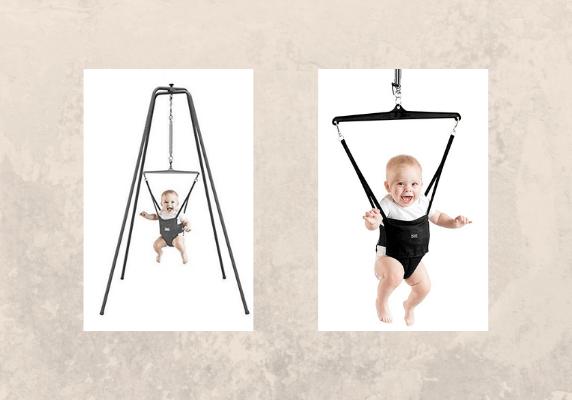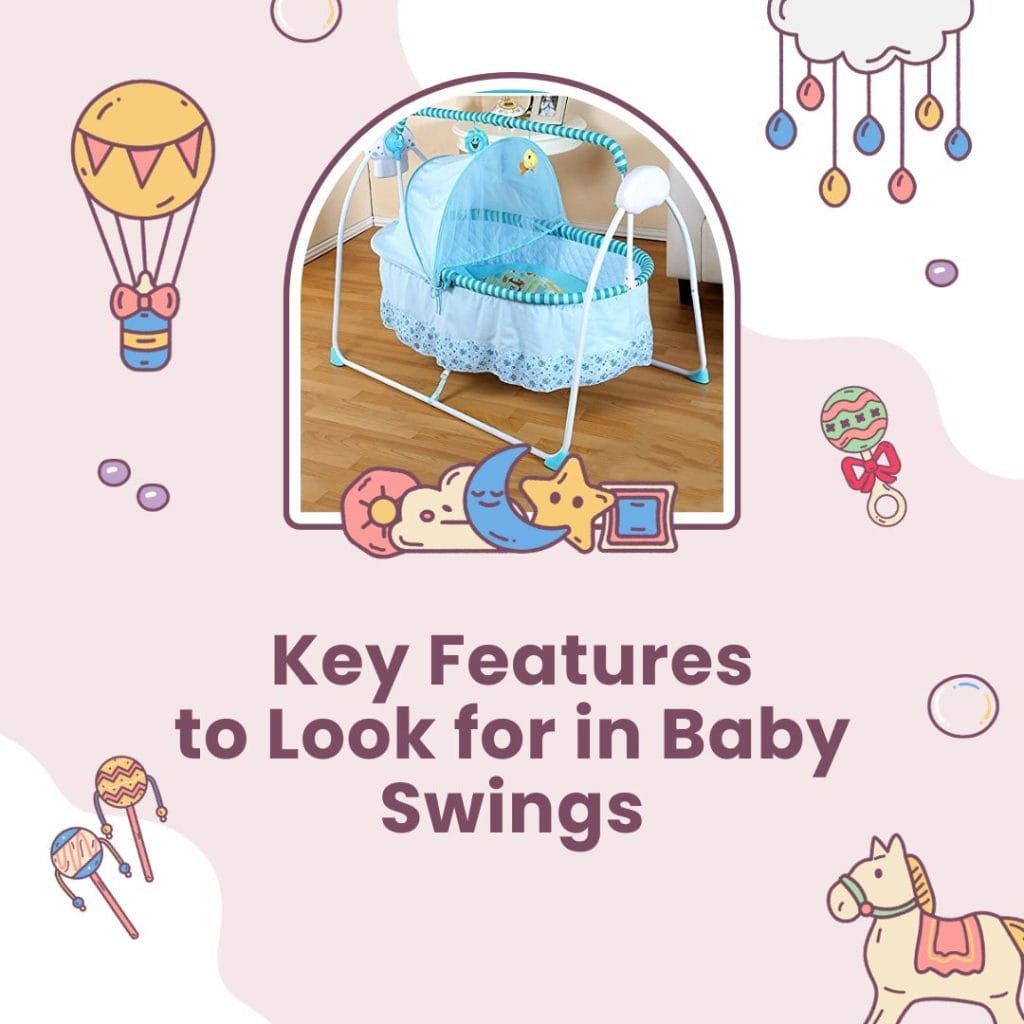Introducing solid foods to your baby’s diet is an exciting milestone, but it can also come with the concern of ‘Baby Food Allergies’. Understanding these allergies is critical as they can affect your baby’s health and wellbeing. This guide will enlighten you on recognizing and managing common baby food allergies, ensuring your baby enjoys a range of flavors safely.
Identifying and Managing Common Allergies in Baby Foods
This information is designed to arm parents with evidence-based strategies for introducing solid foods to their infant. This guidance is applicable to all infants, but it holds particular relevance for those with severe eczema, pre-existing food allergies, or a familial history of allergies. The main goal here is to provide practical tips that can aid in preventing food allergies in babies.
Key Points
- Introduce common allergenic foods to your baby by 12 months in an age-appropriate manner. This could include well-cooked eggs and smooth peanut butter/paste.
- Allergenic foods include egg, peanut, dairy products, tree nuts (like cashew or almond paste), soy, sesame, wheat, fish, and other seafood.
- Evidence suggests that introducing these foods early on can potentially decrease the likelihood of food allergies in babies with severe eczema or egg allergy.
- To easily identify any allergenic food in case of a reaction, introduce only one at a time during each meal.
- If an allergic reaction is observed, stop the offending food and seek medical advice.
- Unless an allergic reaction is observed, continue feeding the introduced food to your baby on a regular basis (at least twice a week) and as part of a diverse diet. Infrequent feeding can lead to food allergies.
- It’s crucial for babies to be exposed to a variety of solid foods from each food group for adequate nutrient intake; these include fats, proteins, and essential vitamins and minerals like calcium, iron, and zinc.
- The process of learning to eat solid foods takes time; babies pick up eating habits by observing their family. Therefore, feeding them the same foods as the rest of the family can encourage a varied diet.
- Always offer food that matches the baby’s developmental stage to prevent choking. Avoid feeding whole nuts or nut chunks; instead, opt for smooth nut spreads or nut flours.
Why should egg and peanut be introduced by 12 months of age?
Egg and peanut are two common sources of food allergies in babies, but contrary to popular belief, they should not be withheld from a baby’s diet. In fact, all infants should be introduced to such allergenic foods by 12 months of age, in an age-appropriate form, such as well-cooked egg and smooth peanut butter or paste. It is important to note that whole nuts or pieces are not recommended due to choking hazards.
This advice even applies to babies who are at a higher risk of developing allergies – those with eczema, other food allergies, or a family history of food allergies. While parents may naturally worry about introducing these allergenic foods, the benefits outweigh the risks. Regular exposure (at least twice a week) to these foods in their first year of life can actually significantly reduce their risk of developing an allergy.
Current research suggests that the delay in introducing these foods can increase the likelihood of an allergy developing. Therefore, it is strongly recommended to offer well-cooked egg and smooth peanut butter or paste to infants before they reach the age of 12 months. By doing so, parents can help safeguard their child’s health and potentially prevent the onset of food allergies.
How should egg and peanut be introduced?
- Begin with small quantities: Just like with any other food, introduce well-cooked egg and smooth peanut butter/paste to your baby in small amounts initially.
- Choose the right time: It’s advisable to introduce these foods during meals shortly after your baby wakes up. This allows you to closely monitor your baby for any signs of an allergic reaction.
- Incorporate into familiar foods: For a smooth transition, you can mix a quarter teaspoon of hard-boiled egg or peanut butter/paste into your baby’s regular food, like vegetable puree.
- Gradually increase the quantity: If your baby shows no signs of an allergic reaction, you can incrementally increase the serving size during subsequent meals, for example, half a teaspoon the next time.
- Start with a lip test: As a precautionary measure, you could rub a small amount of the new food inside your baby’s lip. If there are no adverse reactions after a few minutes, you can proceed with feeding your baby small quantities of the food.
- Avoid skin tests: Never smear or rub food on your baby’s skin as a means of testing for allergic reactions. This method is not reliable for identifying food allergies and may, in fact, heighten the risk of developing an allergy to that specific food.
What should you do if your baby has an allergic reaction?
- Swelling of the lips, eyes or face, hives or welts on the skin, or vomiting may indicate an allergic reaction in your baby.
- Changes in your baby’s behavior, such as becoming excessively unsettled, can also be a sign of an allergic reaction.
- If you notice any of these signs after introducing a new food, immediately stop feeding your baby that particular food.
- Seek medical advice as soon as possible.
- Difficulty or noisy breathing, or the baby becoming pale and floppy are signs of a severe allergic reaction.
- Tongue swelling is another symptom of anaphylaxis.
- Call an ambulance immediately if you observe signs of anaphylaxis.
- Allergic reactions usually occur quickly, within minutes to two hours of consuming the allergen.
- Some reactions to foods can be delayed, appearing hours after the food was consumed.
- Minor redness around the mouth is often due to skin irritation and not typically an allergic reaction.
What should you do if your baby already has food allergies?
- Ensure that you seek professional medical advice for an accurate diagnosis and to have an ASCIA Action Plan in place.
- For babies with allergies to cow’s milk, wheat, or multiple food types, it’s recommended to consult a dietitian. This is crucial for maintaining nutritional intake as avoiding these foods can impact the baby’s growth and development.
- If your baby is allergic to cow’s milk and/or eggs (including lightly cooked ones) but tolerates baked goods containing these ingredients (like muffins, cakes, or biscuits), you should continue to include these in their diet.
- If you’re unsure whether your baby can tolerate baked goods containing cow’s milk or eggs, consult your doctor or an allergy dietitian before introducing these foods at home.
- It’s vital to replace the foods your baby is allergic to with nutritionally similar alternatives. For instance, if your baby is allergic to wheat, you can include alternatives like white or brown rice, corn, quinoa, buckwheat, and millet in their diet.
- For babies allergic to cow’s milk, breastfeeding should be continued or an appropriate infant formula without cow’s milk should be given. Be aware that lactose-free formulas contain cow’s milk and are not suitable for babies who are allergic to cow’s milk.
What should you do if other family members have food allergies?
- Still introduce those allergy-causing foods to your baby, provided you can continue feeding those foods once introduced.
- To safeguard family members with food allergies, consider these precautions:
- Feed your baby the allergenic food while they are seated in a high chair.
- After feeding such foods, make sure to wash your hands, your baby’s hands, and their face.
- Consider using a face washer of a separate color to clean up spills or spits related to the allergic food.
- Thoroughly clean all utensils that have come into contact with the allergenic food using warm, soapy water.
- Initially, you might want to give the allergenic food to your baby when the allergy-prone family member is not present at home.
- Don’t forget to consult about introducing these foods with your dietitian, or reliable allergy organizations like Allergy & Anaphylaxis Australia or Allergy New Zealand.
How do you know if your baby is ready to start solid foods?
Your baby should ideally begin consuming solid foods around six months of age (but not before four months). Here are some indicators that your baby is ready to transition to solids:
- Good Head and Neck Control: Your baby can maintain control of their head and neck, and can sit upright with support.
- Interest in Food: Your baby shows interest in the food you eat, often by looking at your plate and observing you while you eat.
- Reaching for Food: If they start reaching out for your food, it can indicate readiness for solid foods.
- Opening Mouth for Spoon: When offered food on a spoon, your baby opens their mouth, showing they are ready to consume it.
Remember, every baby is unique and these milestones may happen at different times for each one. If your baby hasn’t started eating solid foods by seven months, it’s important to discuss this with a child health nurse, doctor, or dietitian.
Solid foods should not be started before four months. Studies have shown that babies at high risk of having allergies who are exclusively breastfed for the first three to four months of life are less likely to develop food allergies and eczema during the first two years of life. There are also developmental reasons why solid foods should not be started before four months, as a baby’s digestive system and ability to chew and swallow are not yet fully developed or ready for solid foods.
How should solid foods be introduced?
Introducing solid foods should be a gradual process, patient and observant:
- Remember, your baby learns to eat by observing the family. Including them in family meals can be encouraging.
- Ensure the food texture is apt for your baby’s development stage:
- From around six months (but not before four months), start with smooth foods like purees or mashed items.
- Introduce lumpy foods and finger foods when your baby is about eight to nine months old.
- By the time your baby turns one, they should be able to handle cut up foods.
- The goal is for your baby to be eating healthy family meals by their first birthday.
- If your baby shows disinterest in eating or trying new foods, be patient. Wait a few days before reintroducing the food.
- Babies with food allergies might take longer to adapt to new foods and different textures, so extra patience might be required.
- If your baby exhibits feeding problems, don’t hesitate to discuss it with a child health nurse, doctor, or dietitian.
In what order should solid foods be introduced?
The introduction of solid foods can follow any order, but keep in mind the following key points:
- Incorporate Iron-rich Foods: Around six months of age (not before four months), your baby’s diet should include iron-rich foods. These might be iron-fortified cereals, meats, poultry, fish, well-cooked eggs, tofu, and legumes like chickpeas.
- Introduce Allergenic Foods One at a Time: Only introduce one common allergenic food per meal. This way, if an allergic reaction occurs, it’s easier to identify the culprit.
- Seek Medical Attention for Allergic Reactions: In case of an allergic reaction, immediately stop giving your baby that food and seek medical advice.
- Maintain Regular Consumption: Unless your baby shows an allergic reaction, continue to give the new food regularly (around twice a week) along with a variety of other foods. Irregular consumption after introductions might lead to the development of a food allergy.
Why is it important to give your baby a variety of foods?
Offering a diverse range of solid foods to your baby is crucial for ensuring they receive a balanced mix of essential nutrients, such as fats, proteins, vitamins, and minerals like calcium, iron, and zinc. By the time your baby reaches 12 months, their diet should include a wide assortment of food from each group, including:
- Cereal Foods: Items such as bread, crackers, pasta, and iron-fortified cereals should be a staple. Include grains like wheat, rice, oats, and corn for variety.
- Dairy Foods: Introduce dairy products like yogurt and cheese, along with cow’s milk on cereal. However, for babies under 12 months, cow’s milk should not replace breastmilk or formula as the primary milk source.
- Meats and Alternatives: Introduce beef, lamb, poultry, well-cooked eggs, fish, other seafood, and legumes such as peas and lentils. Also consider smooth nut butters or pastes, and tofu as great alternatives to meat.
- Vegetables and Fruits: These can be grated, cooked, pureed, or mashed to avoid choking hazards.
By regularly feeding your baby with foods from these groups, you can ensure they are receiving a balanced and nutritious diet.
How can you prevent your baby from choking on hard pieces of food?
To minimize the risk of choking in babies, it’s crucial to properly prepare and size their food. Here are some important guidelines:
- Avoid Small Hard Foods: Do not offer foods that have small, hard pieces. This includes items like raw apple, raw carrot, or whole or chopped nuts.
- Prepare Hard Foods Appropriately: Make sure to grate, cook, puree, or mash hard fruits or vegetables prior to serving them to your baby.
- Introduce Nuts Safely: When introducing your baby to nuts, use smooth nut butters or pastes. If available, nut flours such as almond meal are also a good choice.
- Provide Suitable Finger Foods: Offer finger foods that are appropriate for your baby’s development stage. Examples include steamed vegetables, roasted vegetable wedges, strips of meat, fish or chicken, soft fruits, bread or toast, and crackers.
- Always Supervise: Never leave a baby unsupervised while eating. Always ensure they are seated properly when consuming food.
What drinks should you give your baby?
- Continuation of Breast Milk or Formula: Even after introducing solid foods, breast milk or formula should still be a part of your baby’s diet as they continue to deliver essential nutrition.
- Introduction of Water: Starting from eight months, you can begin to offer your baby water from a cup.
- Introduction of Infant Formula: Additionally, from eight months, you can also introduce cow’s milk-based infant formula or other infant formulas from a cup.
- Balance of Solid Foods and Milk Feeds: As your baby’s intake of solid foods increases, their demand for breast milk or formula feeds will naturally diminish. However, it’s important to ensure a gradual transition and not replace milk feeds with solid foods too rapidly.
Conclusion
In conclusion, navigating your baby’s dietary needs, especially while dealing with baby food allergies, can be a complex task. It requires introducing a variety of foods, ensuring a balanced diet, and careful management of allergenic foods. Regular medical advice and careful observation can significantly help in maintaining a healthy diet for your baby and managing any potential allergies. Always remember, patience and consistency are key in this journey.










